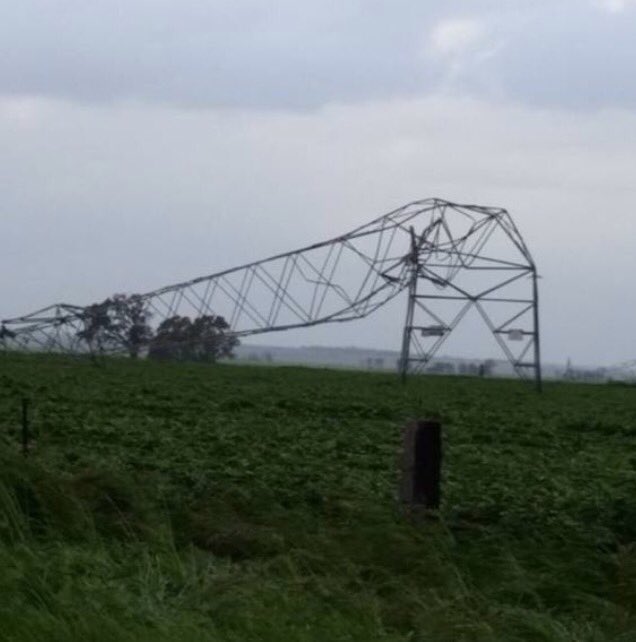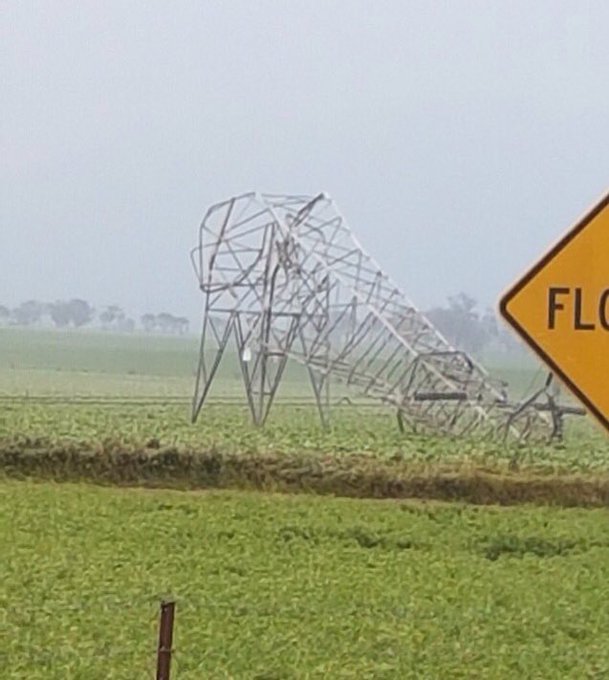昨天南澳停电数小时,期间发生很多事情。有人被困电梯,有人手机没电,有准备论文的同学未来及保存,当然还有很多阿德莱德的同学在默默的准备PTE。墨尔本悉尼文波PTE的小编找到这样一篇文章,可以帮助大家PTE阅读和写作,下面开始:
Linking the statewide blackout in South Australia with the state’s heavy reliance on renewable energy is unfounded(同义groundless -无稽之谈,PTE写作反驳时高分必用), energy industry experts say.
Key points:
- South Australia has the highest rate of renewable energy in Australia
- The ‘one in a 50 year’ weather event ‘couldn’t have been prevented or foreseen’
- SA to be an example for other states and territories when planning for significant weather events
A severe storm caused the entire state to go dark yesterday afternoon, following serious damage to more than 20 transmission lines.
That infrastructure failure put extra strain on (让倍感压力)the interconnector system that links the South Australian electricity grid with the east coast — and tripped safeguards which shut down the power supply to the state.
In the early hours of the blackout, and before many details of the power blackout were known, Federal Energy Minister Josh Frydenberg and South Australian Senator Nick Xenophon mentioned concerns about the state’s reliance on renewable energy sources and its effect on the stability of the power supply.
Mr Frydenberg highlighted the underlying cause of(因果文章) the blackout was the weather.
South Australia has the highest rate of renewable energy in the country, with a fraction over 40 per cent of the state’s power supply generated from sources such as wind and solar farms.
Earlier this week, the Grattan Institute released a report detailing the pressure high uptake in renewables had put on the state’s wholesale power prices, and how it was being viewed as a test case for the rest of the nation.
But the report’s author, Tony Wood, said the blackout was as a result of a particularly violent storm and it was usual for a system to shut down to protect itself from further damage.
“My understanding, at least at the moment, is there’s no evidence to suggest these two issues are related,” Mr Wood said.
 PHOTO: The investigation into what happened will help the other states and territories plan for extreme weather events.(Supplied: Bureau of Meteorology)
PHOTO: The investigation into what happened will help the other states and territories plan for extreme weather events.(Supplied: Bureau of Meteorology)“There’s no evidence to suggest this was caused by too much wind power, or the dependence on wind power, or anything else, or would’ve been any different if any of the power stations that had been shut down earlier this year had still been operating.
“If you’ve got a wind farm or a coal-fired power station(环境,能源类文章必备) at the end of a transmission line, and that system either is taken out by a storm or is forced to shut down to protect itself from a storm, it doesn’t matter what the energy source is.”
There are two interconnector power lines between South Australia and the eastern states, but Mr Wood said there was no indication having more links would have prevented the issue.
“When this event has occurred, it’s created a fault in the system which has caused the generation to trip offline,” the Clean Energy Council’s Tom Butler said.
“It’s separate to the interconnector entirely.
“This is a one-in-a-50 year, almost-unprecedented event for the state that couldn’t have been prevented or foreseen.”
Mr Butler said the Snowtown wind farm, north of Adelaide, was actually helping to prop up the state’s power supply ahead of gas power stations as the network was gradually brought back online.
Labor’s assistant spokesman for climate change, Pat Conroy, told AM it was premature to link the blackout to renewables.
“The South Australian Government has made the point that even if the coal-fired power station that was recently closed down was still operating, it would not have been able to supply power to the state,” he said.
“This was a failure of the transmission network, and it didn’t matter what sort of fuel was feeding into the grid, power was not able to flow, so this is mere opportunism.”
SA an example for other states
Mr Wood said the investigation into exactly what happened would help other states and territories plan for significant weather events hitting power infrastructure, even though South Australia’s network was quite different.
“South Australia itself is a more concentrated grid city network than say, for example, Queensland which is more strung out.
“You could imagine a situation in which a city in Queensland, such as Townsville and Cairns could have been affected by a similar freak storm, which took out all the power in that city, it doesn’t necessarily mean that would cascade through all the way down to Brisbane.
“These systems are designed with a lot of redundancy, a lot of protected systems. At the end of the day, the main issue is to ensure the safety of people and the safety of the system is protected by the system itself automatically shutting down.”
墨尔本悉尼文波PTE原创首发







